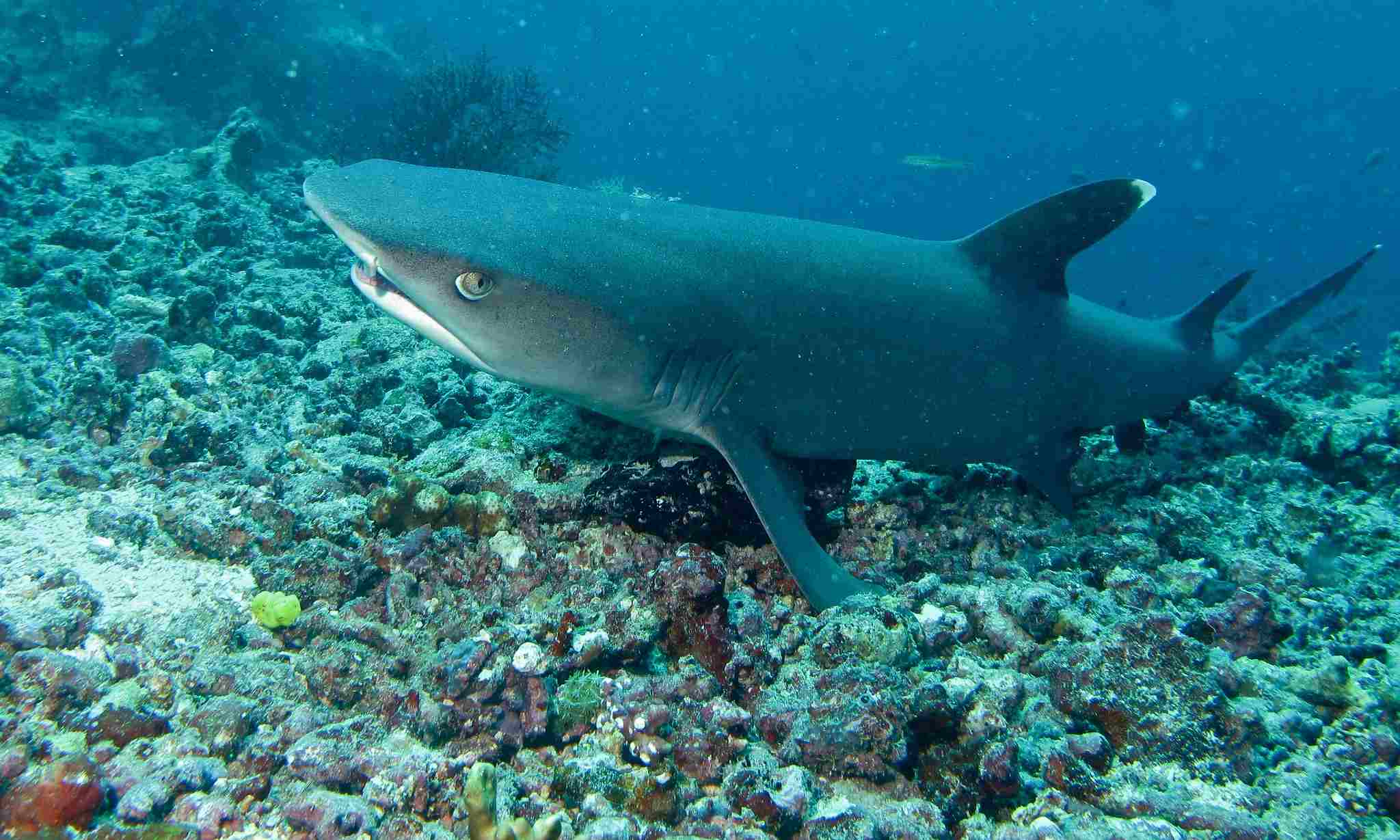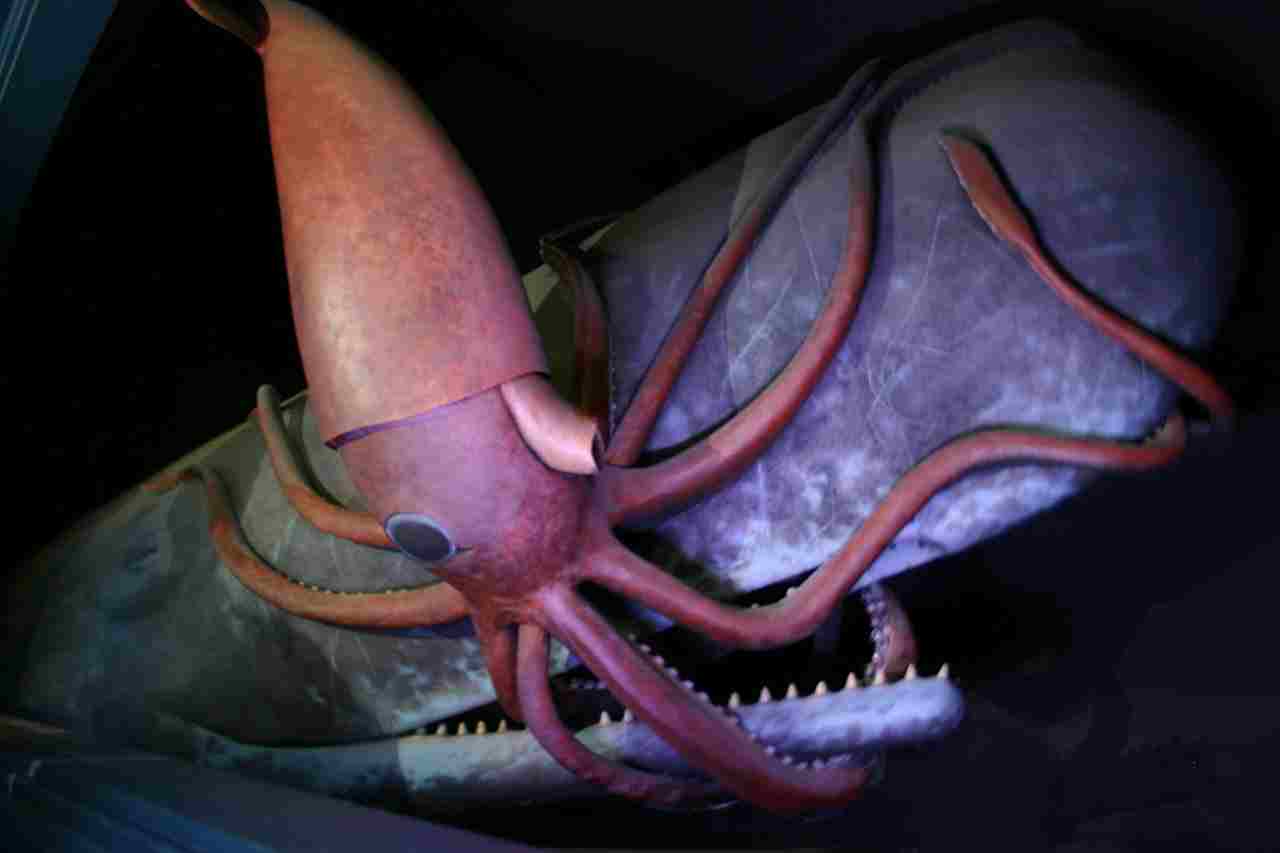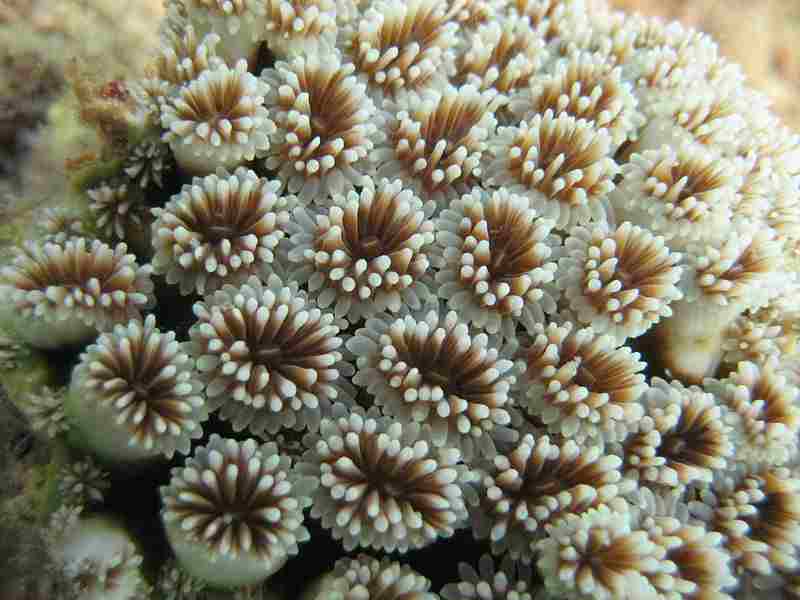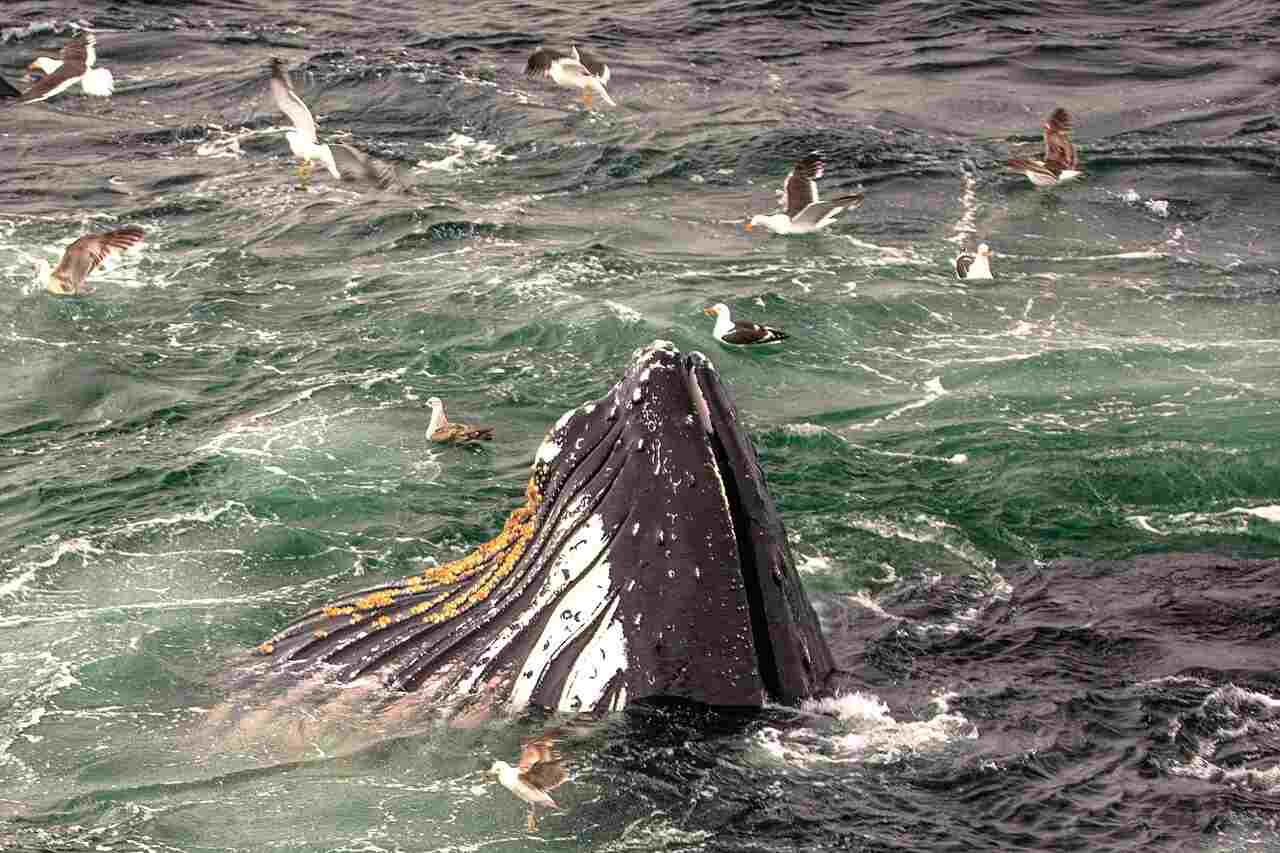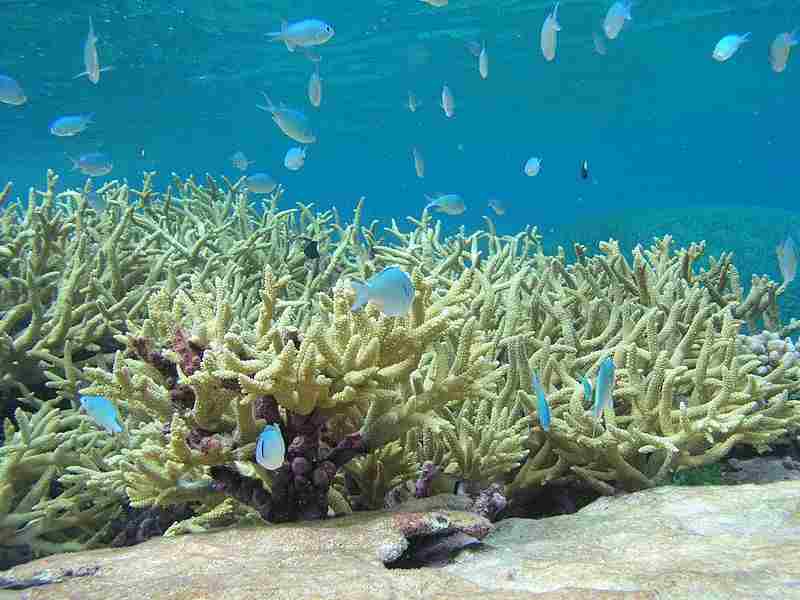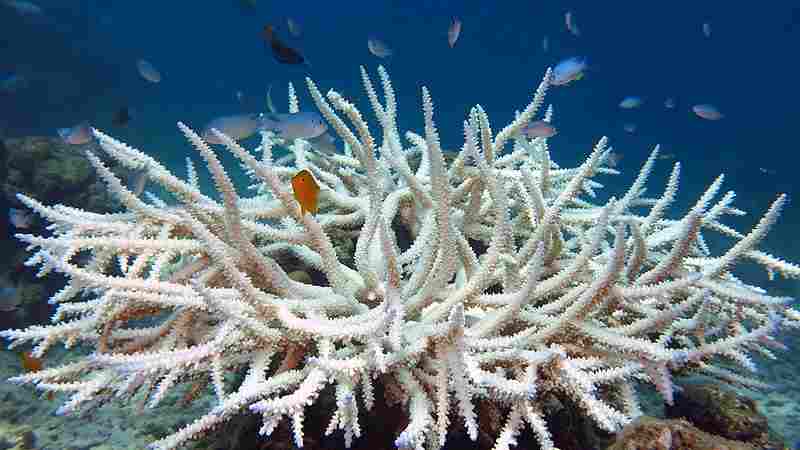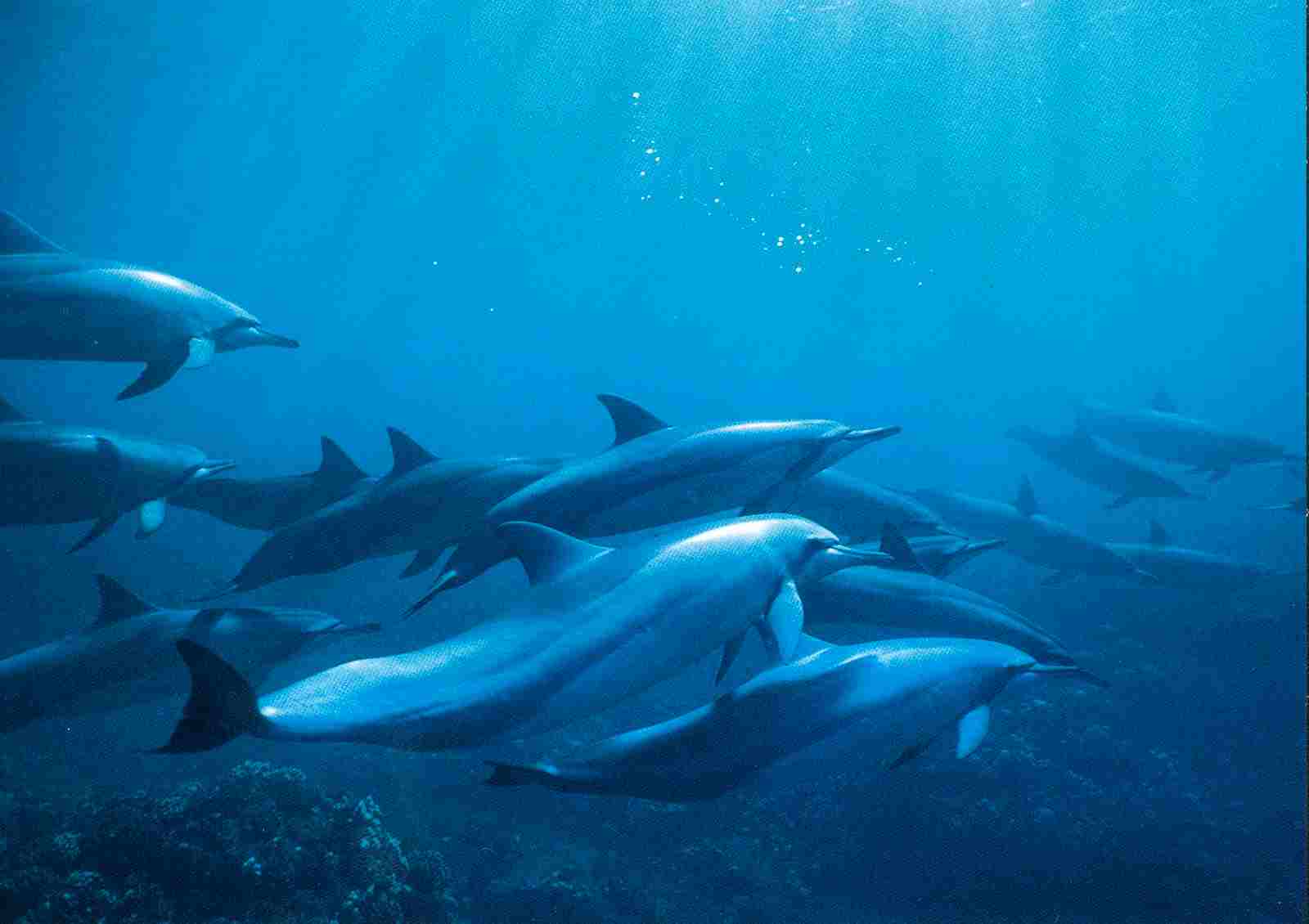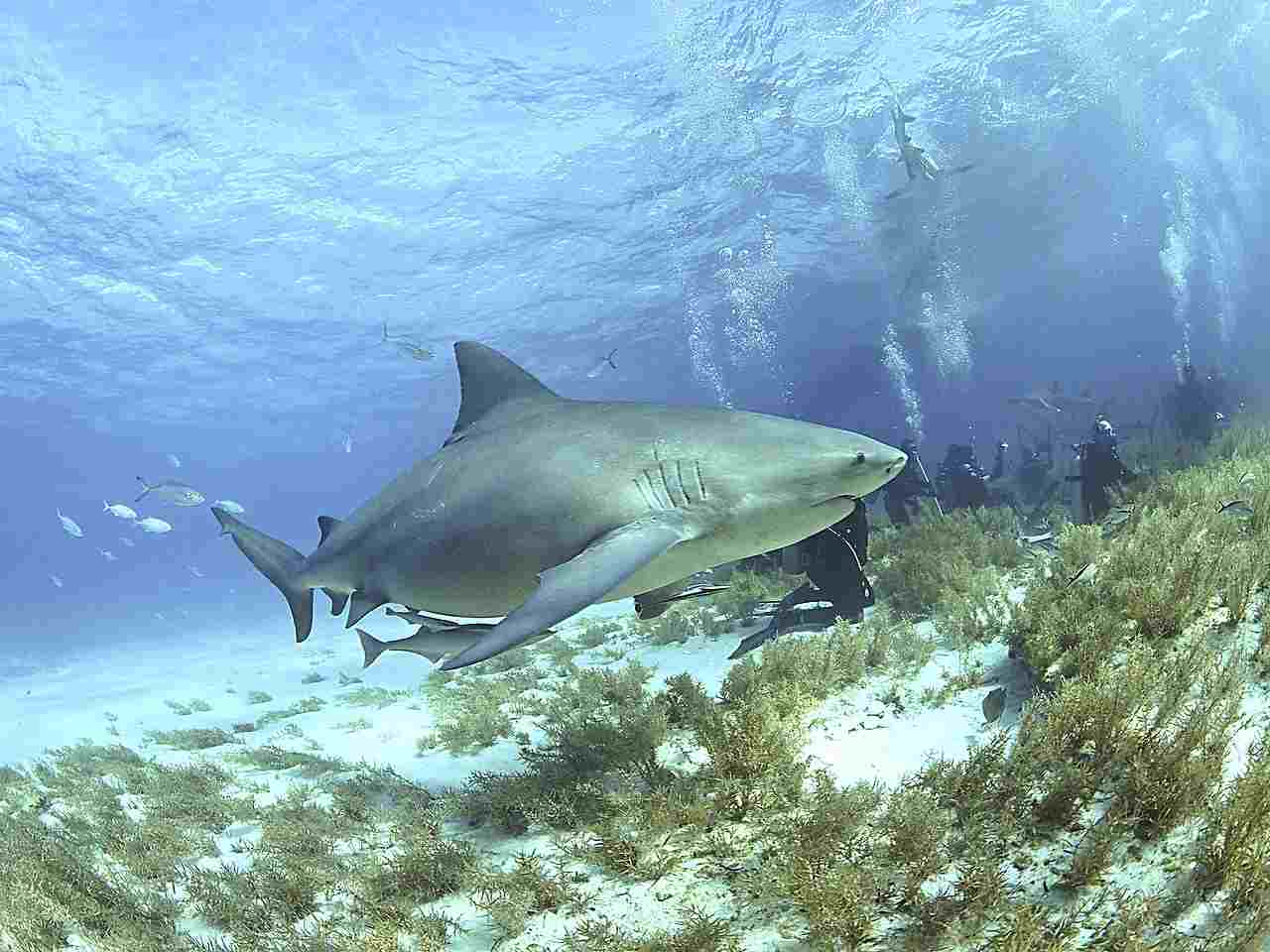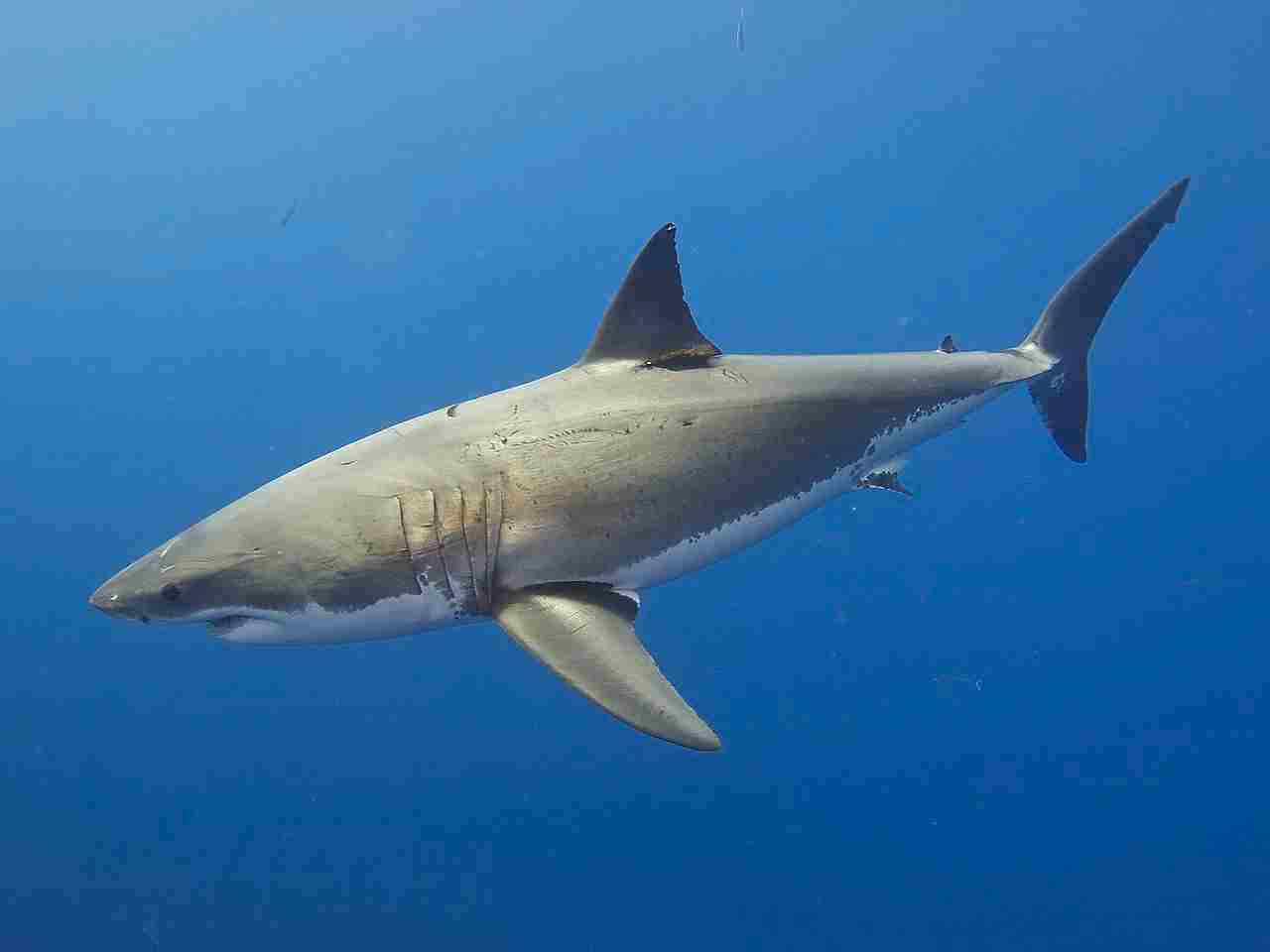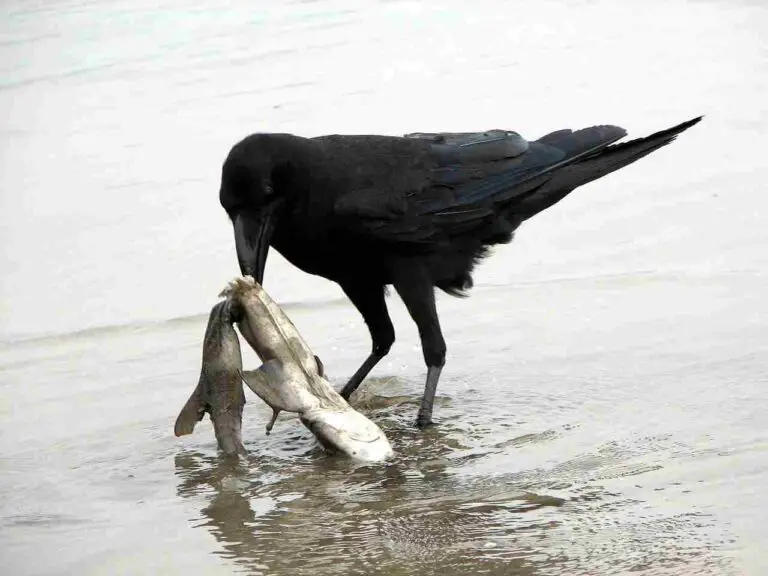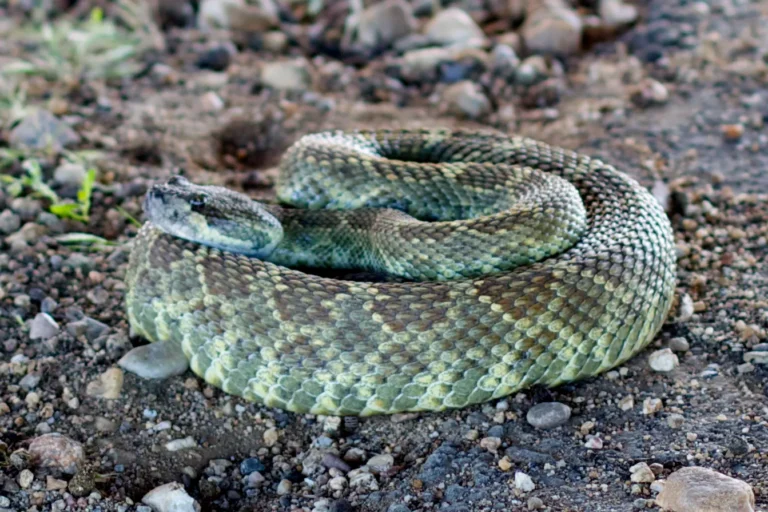9+ Predators In The Ocean and Their Characteristics
Examples of predators in the ocean ecosystem are orcas, Great White Sharks, Hammerhead Sharks, Bull Sharks, and Tiger Sharks, among others. Orcas, known for their intelligence and complex social structures, hunt cooperatively and prey on fish, seals, and even other whales. Great White Sharks are powerful predators that feed on marine mammals and other sharks. Hammerhead Sharks, recognizable by their unique head shape, are often found near coral reefs and feed on fish, squid, and stingrays. Bull Sharks are aggressive and can live in both saltwater and freshwater environments, while Tiger Sharks are versatile hunters known for their broad diet, including sea turtles and birds. These predators play crucial roles in maintaining the balance of marine ecosystems by controlling prey populations and promoting biodiversity.
1. Orca
Orcas, also known as killer whales, are apex predators in the ocean ecosystem, renowned for their intelligence, social structure, and versatility in hunting. These large marine mammals can weigh up to 11 tons and grow up to 32 feet in length. Orcas are unique among marine predators due to their complex social behaviors, living in tight-knit family groups called pods, each with distinct vocalizations and hunting techniques. Some pods specialize in hunting fish, while others focus on larger prey like seals, sea lions, and even other whales. Their adaptability allows them to thrive in a variety of oceanic environments, from the Arctic to the tropics.
Orcas employ sophisticated hunting tactics, often working collaboratively to capture prey. They use echolocation to navigate and locate food, and they have been observed using strategic waves to knock seals off ice floes or cooperating to herd fish into tight groups. Despite their fearsome reputation, orcas are known to be generally non-aggressive towards humans. However, their predatory skills and dominance in the ocean underscore their critical role in maintaining the balance of marine ecosystems. As top-level predators, orcas help regulate prey populations and influence the distribution of other marine species.
2. Great White Shark
The Great White Shark is one of the most iconic and feared predators in the ocean. With its massive size, reaching up to 20 feet in length, and powerful jaws filled with rows of sharp teeth, this shark is a formidable hunter. Great Whites are found in coastal and offshore waters around the world, often near seal colonies, which are a primary food source. They have an acute sense of smell and can detect a single drop of blood in vast expanses of ocean water. Great Whites are known for their speed and agility, often breaching the water’s surface during high-speed attacks.
Great White Sharks are solitary predators, but they occasionally gather where food sources are abundant. Their diet primarily consists of marine mammals, like seals and sea lions, but they also consume fish and other sharks. Although their reputation as man-eaters is exaggerated, Great Whites are responsible for more recorded shark attacks on humans than any other species. Nonetheless, they play a crucial role in maintaining the health of marine ecosystems by controlling prey populations and preventing overgrazing of sea life.
3. Hammerhead Shark
Hammerhead Sharks are easily recognizable by their distinctive, flattened head shape, which provides enhanced maneuverability and sensory capabilities. This unique head structure, known as a cephalofoil, allows Hammerheads to have a wider field of vision and improved electroreception, enabling them to detect prey hidden in the sand or among coral reefs. Hammerheads can range in size from a few feet to over 20 feet long, with the Great Hammerhead being the largest of the species. They are commonly found in tropical and subtropical waters, often near continental shelves and coral reefs.
Hammerhead Sharks are social predators, sometimes forming large schools during certain times of the year, especially around migration. Their diet includes a variety of prey, such as fish, squid, and crustaceans, but they are particularly fond of stingrays, which they find buried in the sand. Despite their fearsome appearance, Hammerheads are generally not aggressive towards humans, and they play a critical role in ocean ecosystems by keeping prey populations in check and contributing to the biodiversity of their habitats.
4. Bull Shark
The Bull Shark is known for its versatility and adaptability, capable of surviving in both saltwater and freshwater environments. Bull Sharks can grow up to 11 feet in length and weigh over 500 pounds, with a robust and stocky build that makes them powerful swimmers. They are found in warm coastal waters around the world, but they are unique among sharks for their ability to swim upstream into rivers and even inhabit freshwater lakes. This adaptability allows them to access a wide range of prey and colonize new habitats.
Bull Sharks are opportunistic predators, feeding on a diverse range of prey, including fish, crustaceans, birds, and small mammals. They are known for their aggressive behavior and territorial nature, often patrolling coastal areas where humans swim and fish. While their aggressiveness has led to a reputation as a dangerous shark species, Bull Sharks play an essential role in maintaining the balance of coastal ecosystems by controlling prey populations and preventing overgrazing of aquatic plants.
5. Seal
Seals are a diverse group of marine mammals that play a dual role in the ocean ecosystem as both predators and prey. They are part of the pinniped family, which also includes sea lions and walruses. Seals come in various sizes and are found in a range of environments, from the frigid Arctic and Antarctic regions to temperate coastal waters. They are skilled swimmers and divers, using their flippers to navigate through the water with agility and grace. Seals are carnivorous, feeding on fish, squid, and crustaceans, and they are known to dive deep into the ocean in search of food.
Seals also serve as a crucial food source for many larger marine predators, including orcas, Great White Sharks, and other large sharks. This makes them a key component in the ocean food web, influencing the distribution and behavior of their predators. Despite their vulnerability, seals are resilient animals with unique adaptations that allow them to thrive in harsh environments. Their role in the ecosystem underscores the interconnectedness of marine life, where each species contributes to the overall balance and health of the oceans.
6. Walrus
Walruses are large marine mammals known for their long tusks, whiskered faces, and blubbery bodies. They are part of the pinniped family, closely related to seals and sea lions, and are predominantly found in the Arctic regions. Adult walruses can weigh over 2,000 pounds and grow to lengths exceeding 11 feet. Their tusks, which can grow up to 3 feet long, are used for various purposes, including hauling their massive bodies onto ice floes, digging into the seabed for food, and establishing dominance during social interactions. Walruses are primarily benthic feeders, consuming mollusks, clams, and other invertebrates found on the ocean floor.
Walruses play a vital role in the Arctic ecosystem, contributing to the health and biodiversity of their environment. They use their whiskers, or vibrissae, to detect prey buried in the sediment, and their feeding behavior helps to churn and aerate the seabed, which benefits other marine life. Although they are powerful predators in their own right, walruses are also prey for apex predators like polar bears and orcas, illustrating their interconnected role in the Arctic food web. Their reliance on sea ice makes them particularly vulnerable to climate change, which impacts not only their survival but also the broader Arctic ecosystem.
7. Barracuda
Barracudas are sleek and formidable predators found in tropical and subtropical ocean waters. Known for their elongated bodies, powerful jaws, and razor-sharp teeth, barracudas are effective hunters capable of reaching high speeds in pursuit of their prey. They can grow up to 6 feet in length, and their silver bodies help them blend into the ocean environment, providing a stealth advantage when stalking their prey. Barracudas are often found near coral reefs and coastal areas, where they hunt for a variety of fish and squid.
Barracudas are solitary hunters, but they may form schools during specific stages of their life cycle. They are known for their aggressive and opportunistic behavior, often striking swiftly and without warning. Although they generally avoid humans, their speed and unpredictability can make them intimidating. Barracudas play an important role in maintaining the balance of reef ecosystems by controlling fish populations and preventing overgrazing on coral. Despite their predatory nature, barracudas face threats from overfishing and habitat degradation, underscoring the need for conservation efforts to protect their populations and the ecosystems they inhabit.
8. Eel
Eels are a diverse group of elongated fish that play a unique role in the ocean ecosystem. Found in both saltwater and freshwater environments, eels are known for their snake-like appearance and ability to navigate through narrow crevices and reef structures. While there are many different types of eels, the moray eel is one of the most recognizable, with its striking patterns, sharp teeth, and aggressive demeanor. Moray eels can be found in tropical and subtropical waters around the world, often hiding within coral reefs or rocky crevices during the day and hunting at night.
Eels are carnivorous predators that primarily feed on smaller fish, crustaceans, and octopuses. Their stealth and ability to hide make them effective ambush predators. Despite their fearsome appearance, eels play a crucial role in maintaining the balance of reef ecosystems by controlling the populations of smaller prey species. Eels are also known to form symbiotic relationships with cleaner shrimp and fish, allowing them to clean their teeth and remove parasites. This behavior highlights the interconnectedness of ocean life and the complex relationships that help sustain marine biodiversity.
9. Tuna
Tuna are fast-swimming, migratory fish that play a significant role in the ocean ecosystem and global seafood markets. Known for their streamlined bodies and powerful muscles, tuna can reach high speeds and cover vast distances during their migrations. They are found in temperate and tropical oceans worldwide, with species like bluefin, yellowfin, and albacore being among the most commercially important. Tuna are schooling fish, often traveling in large groups, which helps them evade predators and locate food more efficiently.
Tuna are apex predators, feeding on smaller fish, squid, and crustaceans. Their role in the marine food web is crucial, as they help regulate the populations of various prey species. The commercial demand for tuna has led to overfishing and population declines, raising concerns about the sustainability of tuna fisheries and the impact on ocean ecosystems. Conservation efforts aim to manage tuna stocks responsibly to ensure the long-term health of both the species and the broader marine environment.
10. Tiger Shark
The Tiger Shark is one of the largest and most versatile shark species, known for its distinct striped pattern and broad diet. These sharks can grow up to 18 feet in length and are found in tropical and subtropical waters around the world. Tiger Sharks are often called “garbage eaters” because of their wide-ranging diet, which includes fish, sea turtles, birds, dolphins, and even human-made debris. This adaptability allows them to thrive in a variety of marine environments, from coastal shallows to deeper offshore areas.
Tiger Sharks are solitary hunters but may gather in areas with abundant food sources, such as near seal colonies or shipwrecks. Despite their reputation for eating almost anything, they play an important role in maintaining the balance of marine ecosystems by removing weak or dead animals and controlling prey populations. Tiger Sharks are among the most dangerous sharks to humans, responsible for a significant number of attacks. However, these incidents are rare, and the sharks’ critical role in the ocean underscores the need for conservation efforts to protect them from overfishing and habitat loss.
11. Sperm Whale
The Sperm Whale is the largest of the toothed whales and one of the most formidable predators in the ocean. Named for the waxy substance, spermaceti, found in their large heads, these whales can grow up to 60 feet in length and weigh over 45 tons. Sperm Whales are found in oceans worldwide, from the equator to polar regions, and are known for their deep dives, often reaching depths of over 3,000 feet in search of food. Their primary diet consists of squid, including the elusive giant squid, but they also consume fish and other deep-sea creatures.
Sperm Whales have a complex social structure, living in matriarchal groups where females and their young form tight-knit units. Males typically leave these groups as they mature, forming smaller bachelor groups or becoming solitary. Sperm Whales are known for their distinctive clicks and communication patterns, which they use for echolocation and social interaction. Despite their size and strength, Sperm Whales face threats from ship strikes, entanglement in fishing gear, and pollution. As key predators in the deep-sea ecosystem, their health is closely tied to the overall well-being of the ocean, emphasizing the importance of conservation efforts to ensure their survival and that of the species they interact with.
*Summary
-
Orca
-
Apex predators known for intelligence and complex social behavior
-
Hunt cooperatively; target fish, seals, and even other whales
-
Found in various ocean environments from Arctic to tropics
-
-
Great White Shark
-
Iconic and feared predator with powerful jaws and sharp teeth
-
Feeds on marine mammals, fish, and other sharks
-
Found in coastal and offshore waters; known for speed and agility
-
-
Hammerhead Shark
-
Recognizable by distinctive head shape for enhanced vision and electroreception
-
Diet includes fish, squid, and stingrays
-
Social predators, often found near coral reefs and continental shelves
-
-
Bull Shark
-
Unique for its ability to live in both saltwater and freshwater environments
-
Feeds on fish, crustaceans, birds, and small mammals
-
Known for aggressive behavior and found in warm coastal waters
-
-
Seal
-
Marine mammals that feed on fish, squid, and crustaceans
-
Serve as prey for larger predators like orcas and Great White Sharks
-
Diverse in size and habitat, from Arctic to temperate coastal waters
-
-
Walrus
-
Large marine mammals with long tusks, whiskers, and blubbery bodies
-
Primarily benthic feeders consuming mollusks and clams
-
Found in Arctic regions; critical for seabed biodiversity and preyed upon by orcas and polar bears
-
-
Barracuda
-
Sleek, aggressive predators with razor-sharp teeth
-
Feed on fish and squid; often found near coral reefs and coastal areas
-
Play a role in maintaining reef ecosystems by controlling fish populations
-
-
Eel
-
Elongated fish with various species, including moray eels
-
Ambush predators feeding on fish, crustaceans, and octopuses
-
Found in coral reefs and rocky crevices; play a role in maintaining balance in reef ecosystems
-
-
Tuna
-
Fast-swimming migratory fish found in temperate and tropical oceans
-
Apex predators feeding on smaller fish, squid, and crustaceans
-
Overfishing is a concern; critical to marine food webs
-
-
Tiger Shark
-
Large and versatile with a broad diet; known for eating a wide variety of prey
-
Found in tropical and subtropical waters; solitary hunters
-
Play an important role in marine ecosystems by controlling prey populations and removing dead animals
-
-
Sperm Whale
-
Largest toothed whale; deep-diving predator primarily feeding on squid
-
Complex social structure with matriarchal groups
-
Found in oceans worldwide; conservation concerns include ship strikes and fishing gear entanglement
-
| Predator |
Characteristics and Behavior
|
| Orca |
Apex predator; intelligent; complex social behavior; cooperative hunter; feeds on fish, seals, and other whales; found from Arctic to tropics
|
| Great White Shark |
Iconic; powerful jaws; feeds on marine mammals, fish, and other sharks; found in coastal and offshore waters; known for speed and agility
|
| Hammerhead Shark |
Distinctive head shape; social predators; feeds on fish, squid, and stingrays; often found near coral reefs and continental shelves
|
| Bull Shark |
Lives in saltwater and freshwater; aggressive; feeds on fish, crustaceans, and small mammals; found in warm coastal waters
|
| Seal |
Marine mammal; feeds on fish, squid, and crustaceans; prey for larger predators; found from Arctic to temperate coastal waters
|
| Walrus |
Large marine mammals with tusks; benthic feeders; found in Arctic; critical for seabed biodiversity
|
| Barracuda |
Sleek, aggressive; feeds on fish and squid; often found near coral reefs and coastal areas; helps maintain reef ecosystems
|
| Eel |
Elongated fish; ambush predators; feeds on fish, crustaceans, and octopuses; often found in coral reefs and rocky crevices
|
| Tuna |
Fast-swimming; apex predator; feeds on smaller fish, squid, and crustaceans; overfishing concern
|
| Tiger Shark |
Large and versatile; feeds on a wide variety of prey; found in tropical and subtropical waters; helps maintain marine ecosystems
|
| Sperm Whale |
Largest toothed whale; deep-diving; feeds on squid; complex social structure; conservation concerns due to ship strikes and fishing gear entanglement
|
